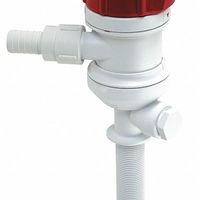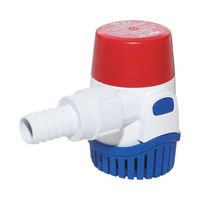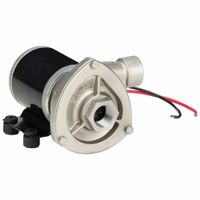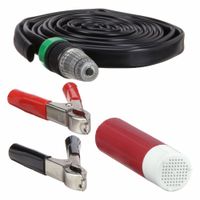The lifespan of a typical marine pump can vary significantly based on several factors, including the type of pump, the materials used in its construction, the operating conditions, and the level of maintenance it receives. Generally, marine pumps are designed to be robust and durable to withstand the harsh marine environment, which includes exposure to saltwater, varying temperatures, and continuous operation.
1. **Type of Pump**: Different types of marine pumps, such as centrifugal, diaphragm, or gear pumps, have different lifespans. Centrifugal pumps, commonly used for seawater applications, can last between 5 to 15 years with proper maintenance. Diaphragm pumps, often used for bilge applications, may have a shorter lifespan due to the wear on diaphragms but can still last several years.
2. **Materials**: Pumps made from corrosion-resistant materials like stainless steel, bronze, or specialized plastics tend to have longer lifespans. These materials help prevent corrosion and wear, which are common issues in marine environments.
3. **Operating Conditions**: Pumps that operate under optimal conditions, such as within their specified pressure and temperature ranges, tend to last longer. Pumps that are frequently exposed to abrasive materials or operate under high stress may have reduced lifespans.
4. **Maintenance**: Regular maintenance is crucial for extending the lifespan of marine pumps. This includes routine inspections, cleaning, lubrication, and timely replacement of worn parts. A well-maintained pump can often exceed its expected lifespan.
5. **Manufacturer Specifications**: The expected lifespan can also depend on the manufacturer's design and quality standards. High-quality pumps from reputable manufacturers may offer longer service life and better warranties.
In summary, while the typical lifespan of a marine pump can range from 5 to 15 years, it is highly dependent on the factors mentioned above. Regular maintenance and choosing the right pump for specific applications are key to maximizing its lifespan.



